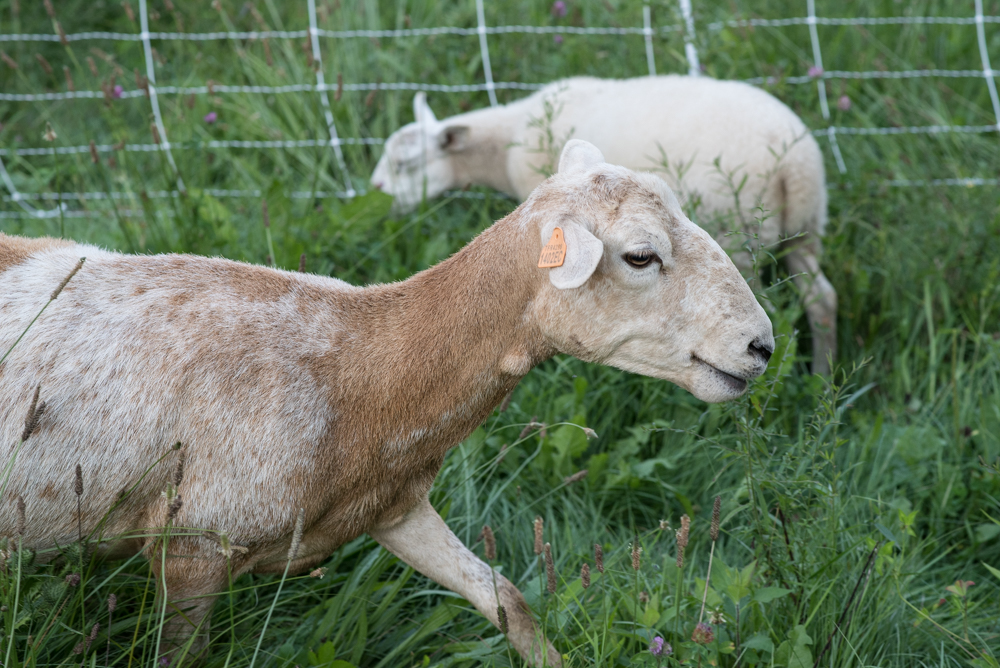Caseous lymphadenitis is a little like herpes — it’s rarely fatal, but once you have it, no one wants to date you. CL, though, is a disease of sheep, caused by the organism Corynebacterium psuedotuberculosis; its classic manifestation is a hemispherical abscess on the neck of a sheep or goat, kinda like this:

In a real case of CL, the abscess can eventually rupture, releasing a cheesy material (thus Caseous) that can infect other sheep that come into contact with it. A ewe can also pass CL on to her lambs through her milk.
The external form of CL*, if this sheep indeed has it, is mostly a nuisance if she goes to freezer camp: when a sheep is processed for meat, any abscesses must be cut away, reducing the yield of meat, and certainly leaving holes in the hide. There don’t seem to be any significant health effects on the live ewe. Given the choice, though, no one would knowingly choose to have a flock that’s CL-positive, so an infection makes it nearly impossible to sell live animals to other farms. The prospect of becoming a shepherd pariah convinced me to invite Simon Gascoyne, my vet, out for a visit next week to test this ewe’s blood and neck lump for C. pseudotuberculosis.
I’m clinging to hope that the tests will be negative — Simon saw the photo and thought that the lump was a little low for a lymph node, the typical infection site for C. pseudotuberculosis — so I’m not yet thinking much about the consequences if it’s positive. I’m bad at not worrying about things, but I’m trying. Updates as soon as I know more.
____________
Tagged: abscess, Caseous lymphadenitis, CL, Corynebacterium pseudotuberculosis, ewe, lump, sheep